Home>Gardening & Outdoor>Landscaping Ideas>How To Get Rid Of Swamp Grass
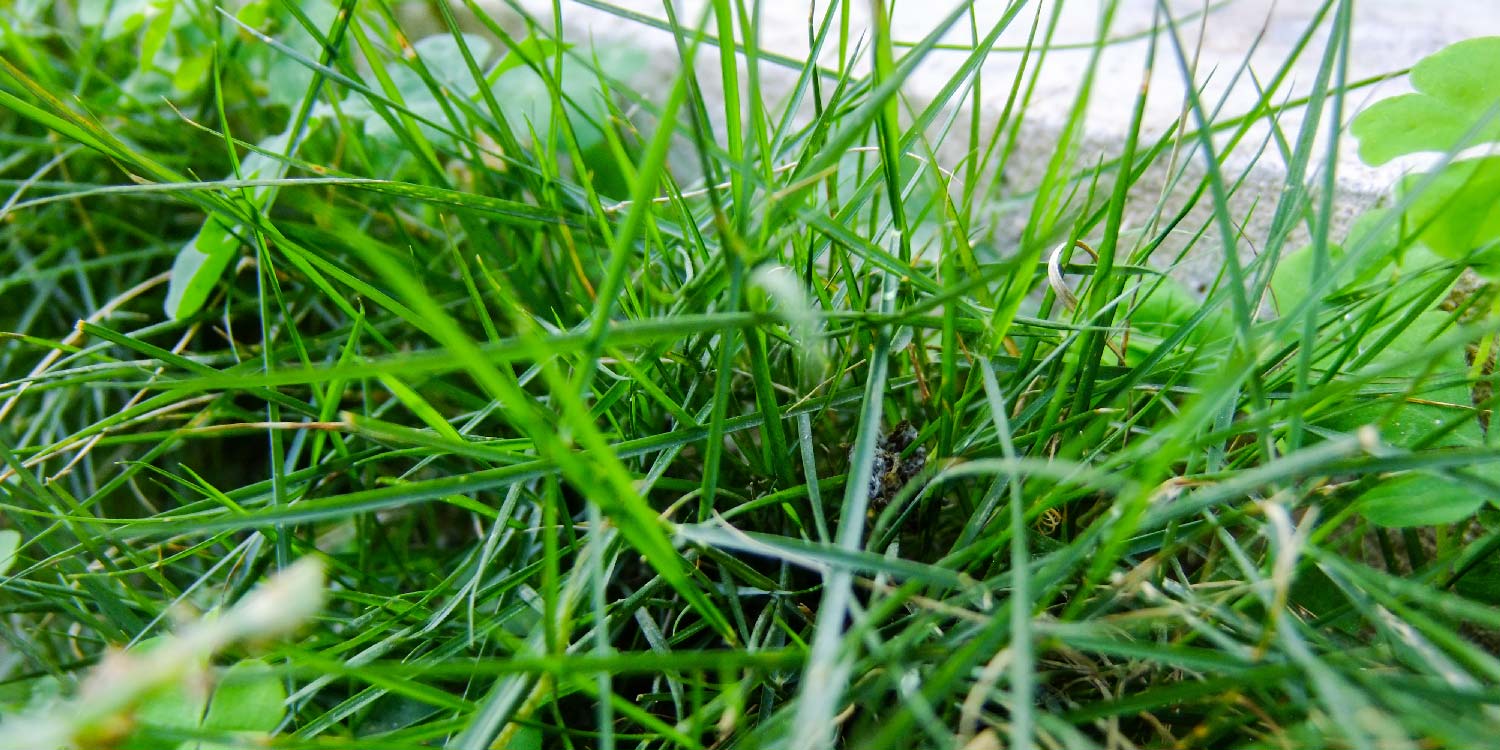

Landscaping Ideas
How To Get Rid Of Swamp Grass
Published: February 3, 2024
Learn effective landscaping ideas to get rid of swamp grass and improve the aesthetics of your outdoor space. Implement these techniques for a lush, healthy lawn. Discover expert tips now!
(Many of the links in this article redirect to a specific reviewed product. Your purchase of these products through affiliate links helps to generate commission for Storables.com, at no extra cost. Learn more)
Introduction
Welcome to the battle against swamp grass, a persistent and unsightly nuisance that can wreak havoc on the aesthetics and health of your landscape. Whether you’re dealing with invasive species like cattails or bulrushes, or struggling with the rapid spread of other water-loving grasses, it’s essential to arm yourself with effective strategies for combating this green menace.
In this comprehensive guide, we’ll explore various methods for getting rid of swamp grass, from manual removal techniques to chemical treatments. Additionally, we’ll delve into preventive measures to keep swamp grass at bay once you’ve eradicated it from your property. By the end of this article, you’ll be equipped with the knowledge and tools to reclaim your landscape and restore its natural beauty.
Key Takeaways:
- Swamp grass can harm your landscape and water features, but you can fight back! Use manual methods like hand pulling and cutting, or consider chemical treatments for stubborn infestations.
- After removing swamp grass, prevent its return by monitoring, planting native species, and managing water levels. With the right strategies, you can maintain a healthy and beautiful landscape.
Read more: How To Get Rid Of Crabgrass
Understanding Swamp Grass
Swamp grass, also known as emergent vegetation, encompasses a variety of plant species that thrive in wetland environments. These resilient plants have adapted to grow in waterlogged soil, often forming dense colonies that can overtake ponds, marshes, and other water features in your landscape. Common examples of swamp grass include cattails, bulrushes, and reeds, which are notorious for their rapid spread and ability to outcompete other vegetation.
One of the primary challenges posed by swamp grass is its aggressive growth habit. These plants reproduce prolifically, spreading through rhizomes, seeds, or vegetative propagation. Their dense root systems and prolific seeding make manual removal a daunting task, especially when dealing with large infestations.
Swamp grass not only detracts from the visual appeal of your landscape but can also impede water flow, disrupt aquatic ecosystems, and create breeding grounds for mosquitoes. Additionally, the presence of excessive swamp grass can deplete oxygen levels in water bodies, leading to adverse effects on fish and other aquatic organisms.
Understanding the growth patterns and ecological impact of swamp grass is crucial for devising an effective eradication strategy. By gaining insight into the characteristics and behavior of these tenacious plants, you can tailor your approach to combat them more efficiently and prevent their resurgence.
Manual Removal Methods
When tackling swamp grass infestations, manual removal methods can be labor-intensive but highly effective, especially for small to moderate-sized areas. Here are some strategies for manually eliminating swamp grass from your landscape:
- Hand Pulling: For isolated patches of swamp grass, hand pulling can be a practical approach. Grasp the plants firmly at the base and pull upward, ensuring that you extract the entire root system to prevent regrowth. This method is best suited for young, shallow-rooted plants.
- Cutting and Digging: Use sharp tools such as machetes, sickles, or shovels to cut down mature swamp grass. Dig around the base of the plants to unearth their extensive rhizome networks, which are crucial for regrowth. Be thorough in removing all underground plant parts to prevent reinfestation.
- Mechanical Removal: In larger water bodies, specialized equipment such as aquatic weed rakes, cutters, and harvesters can be employed to mechanically uproot and collect swamp grass. These tools are particularly useful for clearing dense stands of emergent vegetation and restoring water flow.
- Smothering: Covering the affected area with impermeable materials like tarps or geotextiles can effectively smother and kill off swamp grass. This method deprives the plants of light and oxygen, leading to their gradual demise. However, it may take several months to achieve complete eradication.
Regardless of the manual removal method chosen, it’s essential to dispose of the extracted swamp grass responsibly to prevent accidental reseeding or regrowth. Composting the plant material in a controlled environment or disposing of it at designated green waste facilities can help mitigate the risk of further spread.
While manual removal can yield positive results, it may not be feasible for extensive infestations or hard-to-reach areas. In such cases, complementary strategies, including chemical treatments and preventive measures, may be necessary to achieve comprehensive control of swamp grass.
Regular mowing and proper drainage can help control swamp grass. Consider using herbicides labeled for aquatic use, but be mindful of environmental impact.
Chemical Removal Methods
When manual removal alone proves insufficient for combating stubborn swamp grass infestations, chemical treatments can offer an effective solution for managing and eradicating these persistent plants. It’s important to exercise caution and follow all local regulations when using herbicides in aquatic environments. Here are some common chemical removal methods for controlling swamp grass:
- Systemic Herbicides: These herbicides are absorbed by the plant and translocated throughout its system, effectively targeting the roots and rhizomes. Systemic treatments are ideal for controlling perennial swamp grass species with extensive underground growth. Ensure that the selected herbicide is approved for aquatic use and follow application guidelines rigorously.
- Contact Herbicides: Unlike systemic herbicides, contact herbicides act on the parts of the plant they directly contact, such as the foliage and stems. While they may not penetrate the root system as effectively as systemic herbicides, contact herbicides can provide rapid control of above-ground vegetation. Care must be taken to prevent drift and minimize non-target impacts.
- Algaecides and Biocides: In cases where swamp grass is intermingled with algae or other aquatic organisms, algaecides and biocides can help address multiple issues simultaneously. These products are designed to target a broad spectrum of aquatic plants and microorganisms, providing comprehensive control within water bodies.
Prior to implementing any chemical treatment, it’s crucial to conduct a thorough site assessment and identify the targeted plant species to select the most appropriate herbicide. Additionally, consider factors such as water depth, flow rates, and the presence of non-target species to minimize environmental impact and maximize efficacy.
When applying herbicides in aquatic environments, adherence to safety protocols and environmental considerations is paramount. Applicators should be trained in proper handling and application techniques, and all treatments must comply with local regulations to safeguard water quality and non-target organisms.
While chemical removal methods can deliver effective results in controlling swamp grass, they should be integrated into a comprehensive management plan that includes preventive measures to minimize the risk of reinfestation and promote long-term ecological balance.
Preventing Swamp Grass Re-Growth
Once you’ve successfully eradicated swamp grass from your landscape, preventing its re-growth is essential to maintain a healthy and visually appealing environment. Implementing proactive measures can help thwart the resurgence of these persistent plants and preserve the ecological balance of your water features. Here are effective strategies for preventing swamp grass re-growth:
- Regular Monitoring: Conduct routine inspections of your water bodies to promptly identify any signs of regrowth or new infestations. Early detection allows for swift intervention, minimizing the need for extensive eradication efforts.
- Native Plant Establishment: Introducing native aquatic plants can help outcompete and suppress the re-establishment of swamp grass. Select species that are well-suited to your specific aquatic environment and promote biodiversity while enhancing the natural aesthetics of your landscape.
- Physical Barriers: Installing physical barriers, such as submerged screens or geotextiles, can impede the encroachment of swamp grass into targeted areas. These barriers act as a deterrent while allowing for the passage of water and nutrients to support desirable aquatic flora and fauna.
- Water Level Management: Manipulating water levels in a controlled manner can create unfavorable conditions for the re-growth of swamp grass. Lowering water levels during specific periods can expose the rhizomes to desiccation, inhibiting their viability and regenerative capacity.
- Integrated Pest Management: Adopting an integrated approach that combines manual, chemical, and biological control methods can provide comprehensive and sustainable management of swamp grass. By leveraging multiple strategies, you can minimize reliance on any single control method and reduce the likelihood of resistance development.
It’s important to note that preventing swamp grass re-growth is an ongoing commitment that requires vigilance and proactive management. By integrating these preventive measures into your landscape maintenance routine, you can safeguard the long-term health and balance of your aquatic ecosystems while minimizing the risk of future infestations.
Read more: How To Get Rid Of Grasshoppers
Conclusion
As you embark on the journey to reclaim your landscape from the clutches of swamp grass, it’s imperative to approach the task with a combination of determination, knowledge, and strategic planning. By understanding the growth habits of swamp grass and the ecological impact it poses, you can tailor your eradication efforts for maximum effectiveness.
Manual removal methods, including hand pulling, cutting, and mechanical extraction, offer viable options for tackling smaller infestations and maintaining the ecological balance of your water features. However, when faced with extensive or resilient swamp grass colonies, chemical removal methods can provide targeted and systematic control, albeit with careful consideration for environmental impact and regulatory compliance.
Furthermore, the prevention of swamp grass re-growth is pivotal in preserving the integrity of your landscape. Through proactive measures such as native plant establishment, regular monitoring, and integrated pest management, you can fortify your defenses against future infestations and promote the flourishing of desirable aquatic flora and fauna.
Ultimately, the battle against swamp grass is a testament to your commitment to nurturing a vibrant and harmonious outdoor environment. By integrating a blend of manual, chemical, and preventive strategies, you can reclaim the natural beauty of your water features and create a sustainable habitat that thrives for generations to come.
Armed with the insights and techniques outlined in this guide, you’re empowered to embark on a transformative journey, turning the tide against swamp grass and cultivating a landscape that exudes tranquility, beauty, and ecological vitality.
Frequently Asked Questions about How To Get Rid Of Swamp Grass
Was this page helpful?
At Storables.com, we guarantee accurate and reliable information. Our content, validated by Expert Board Contributors, is crafted following stringent Editorial Policies. We're committed to providing you with well-researched, expert-backed insights for all your informational needs.







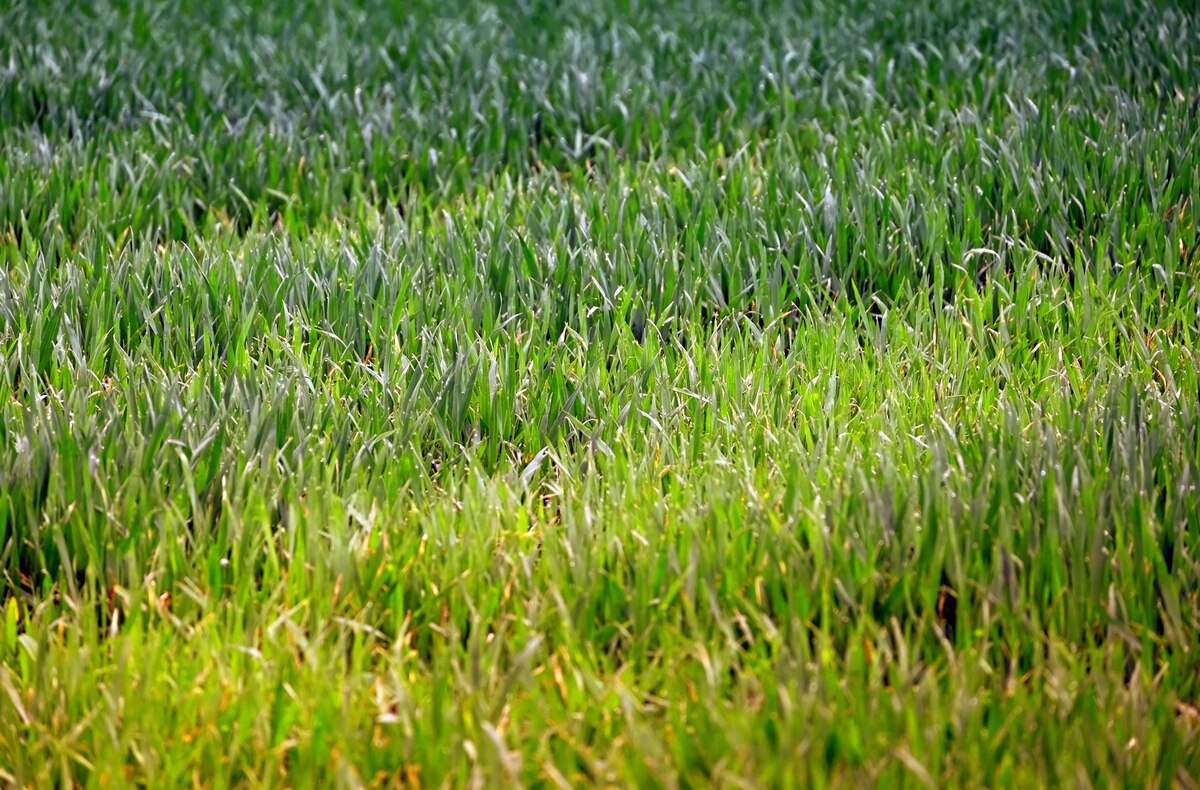
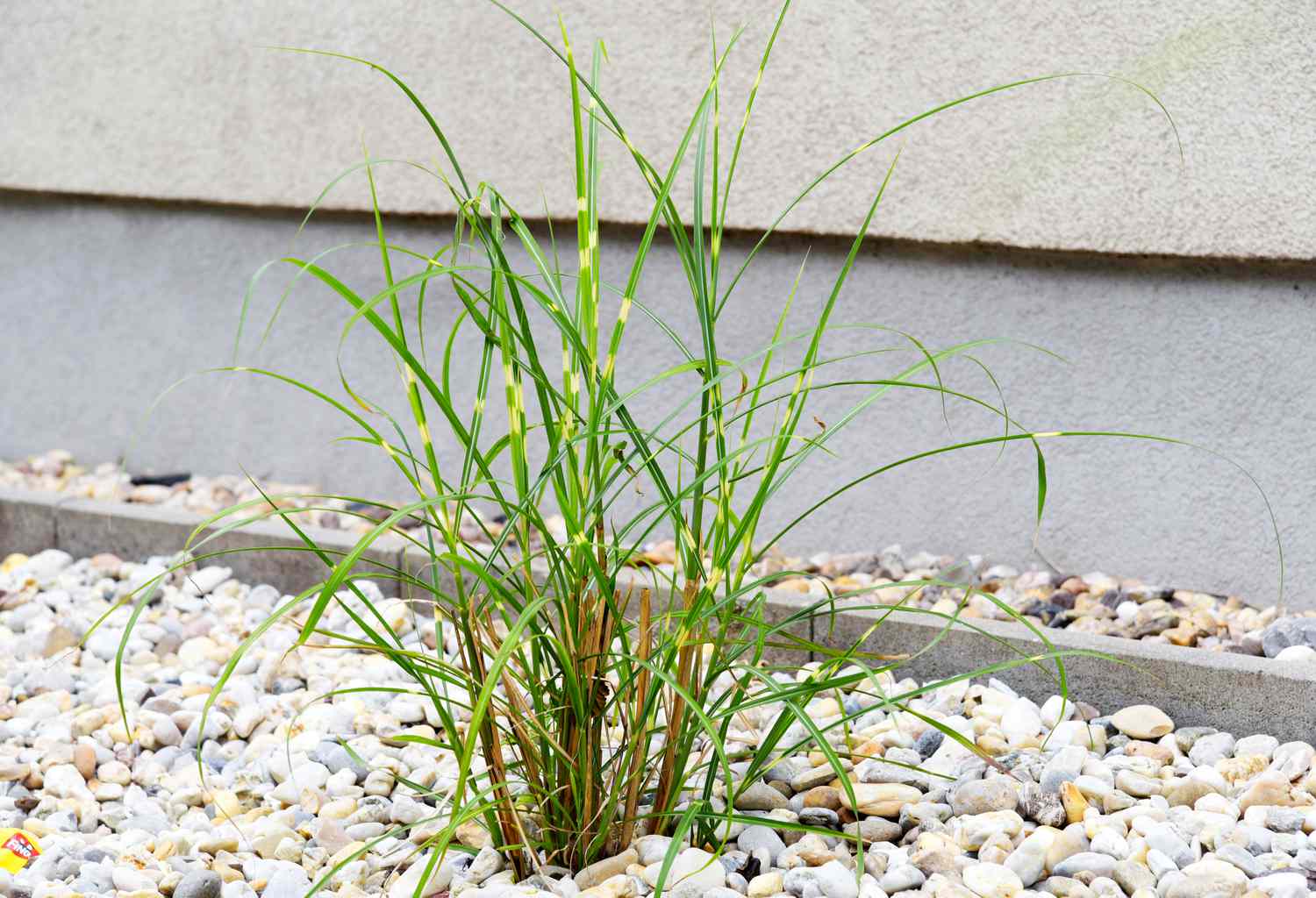
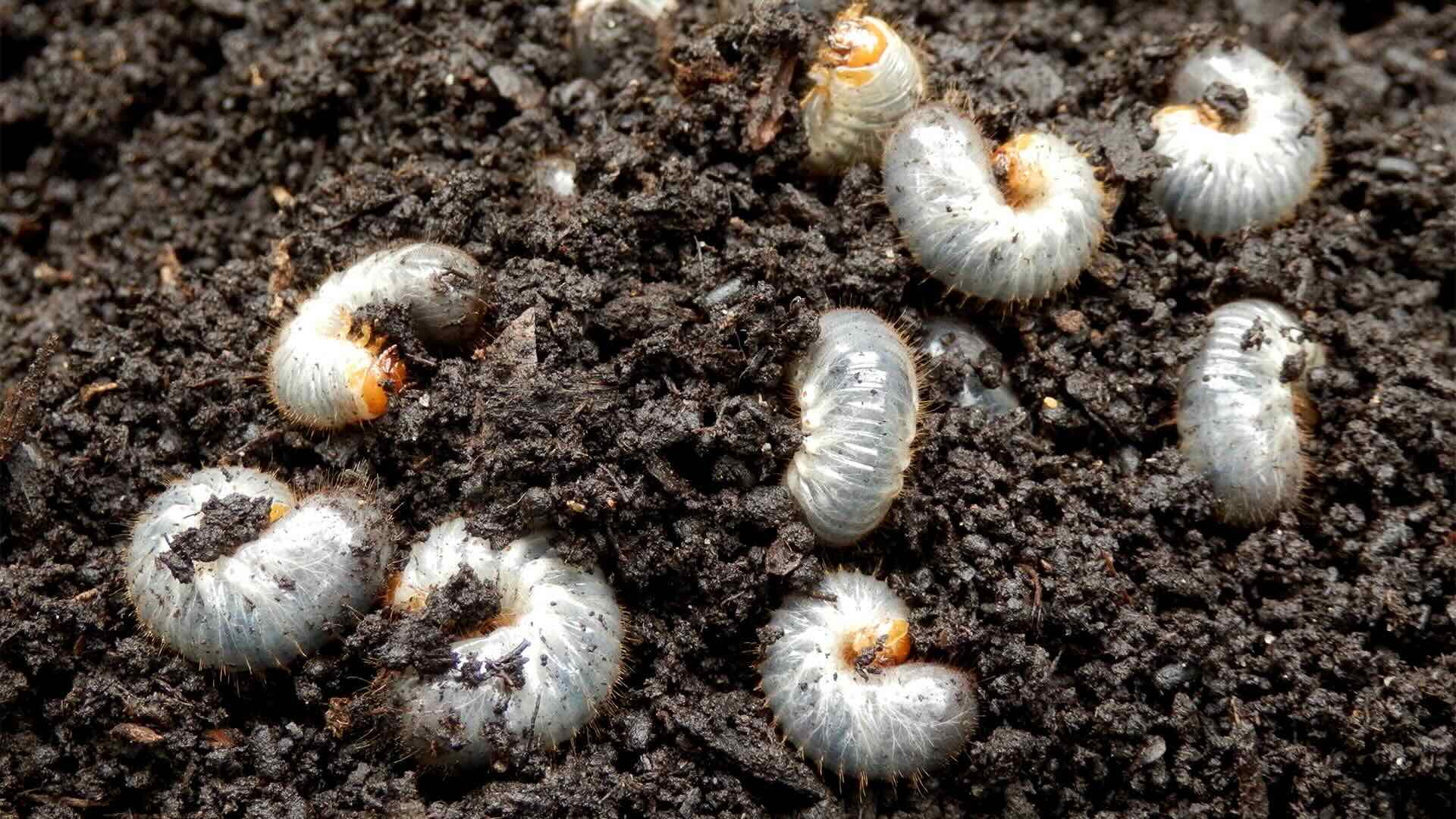
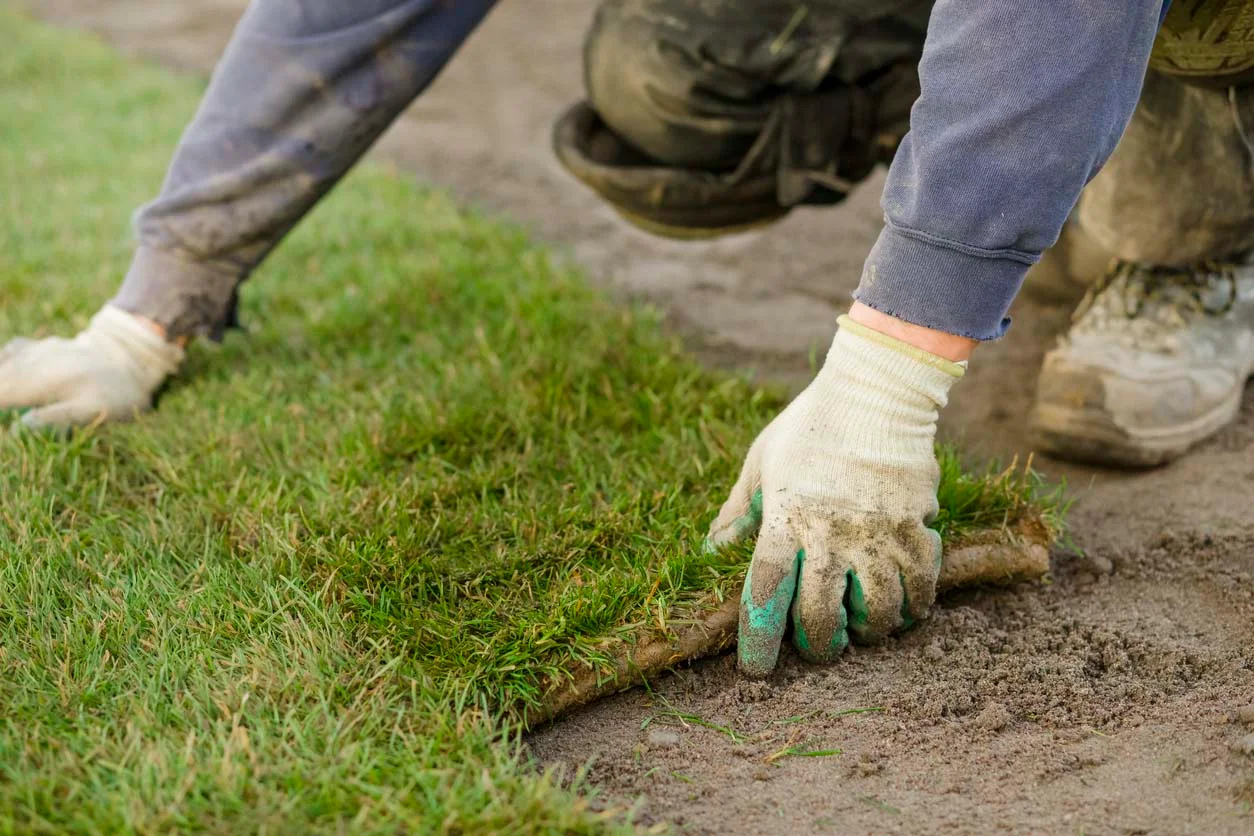
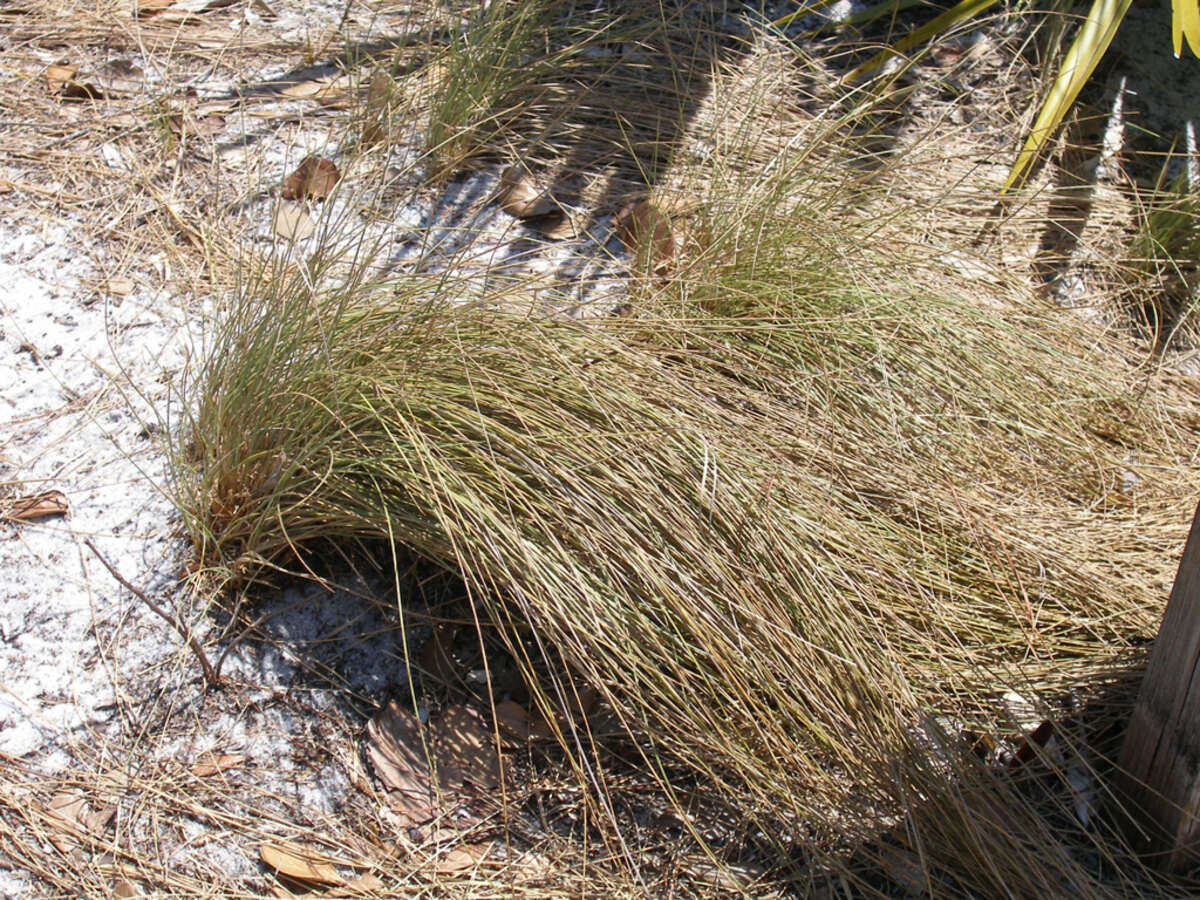

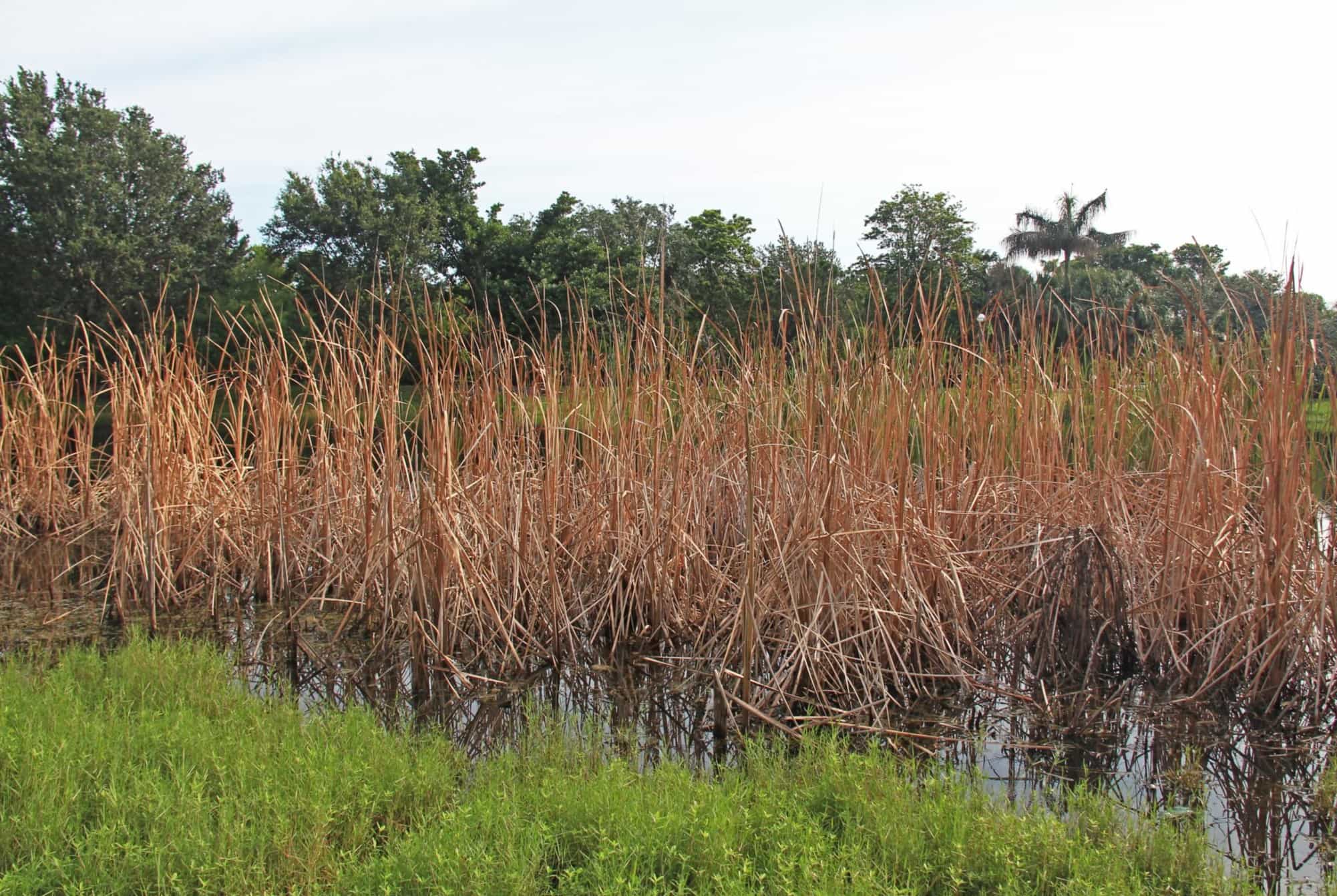

0 thoughts on “How To Get Rid Of Swamp Grass”